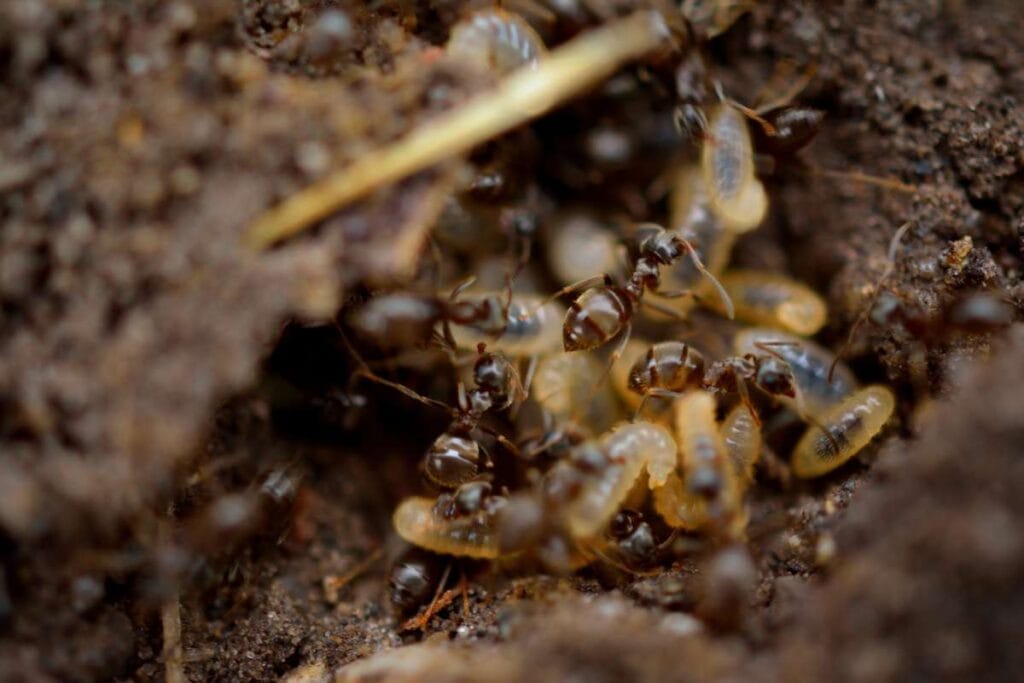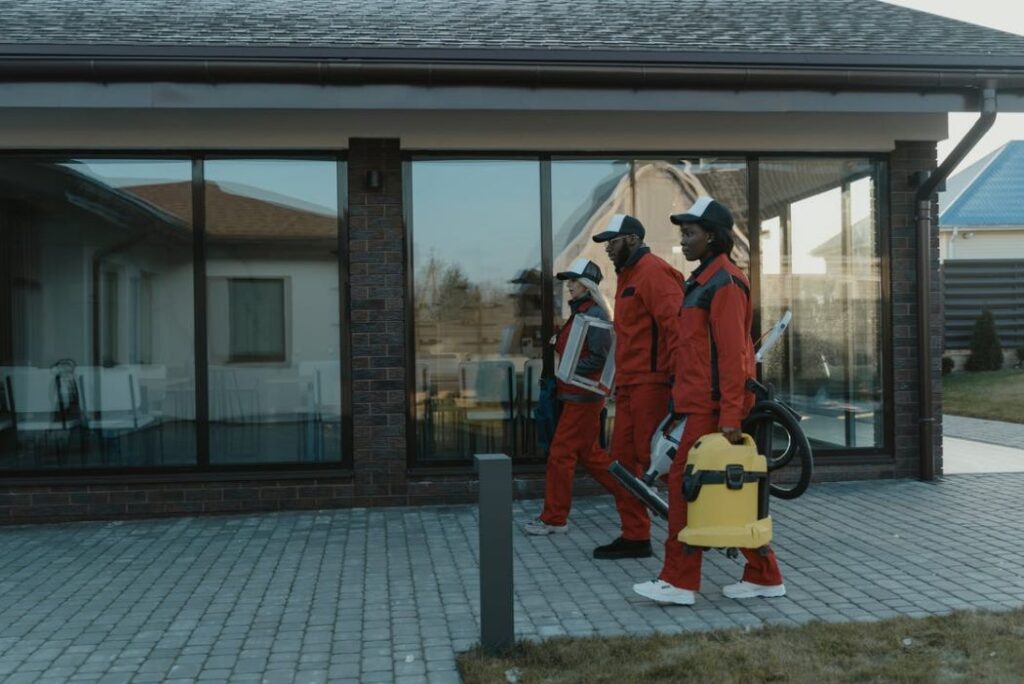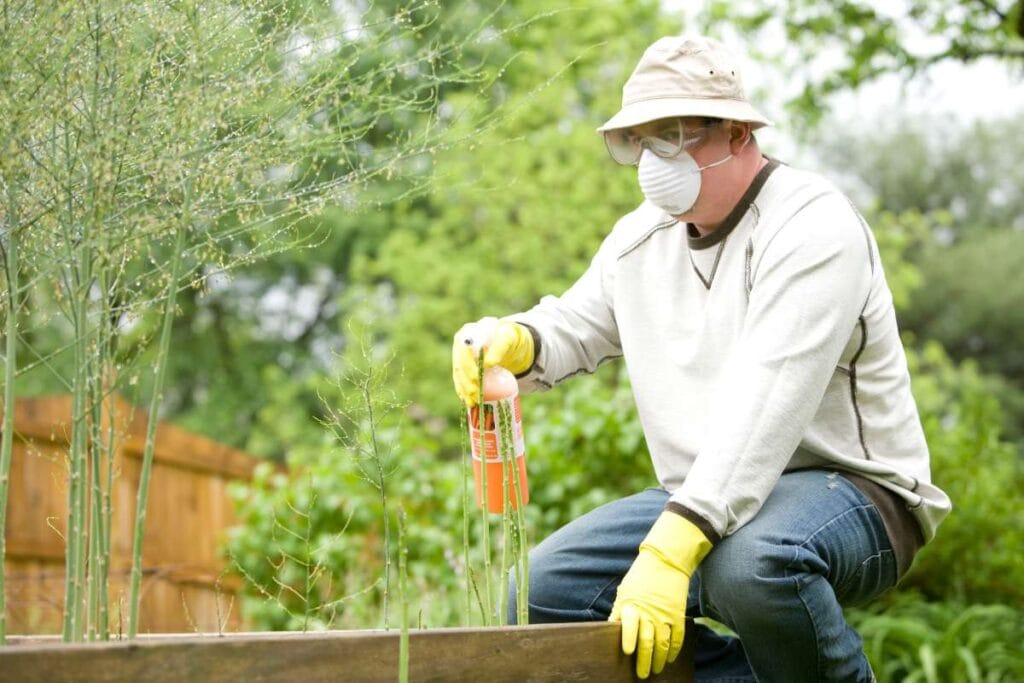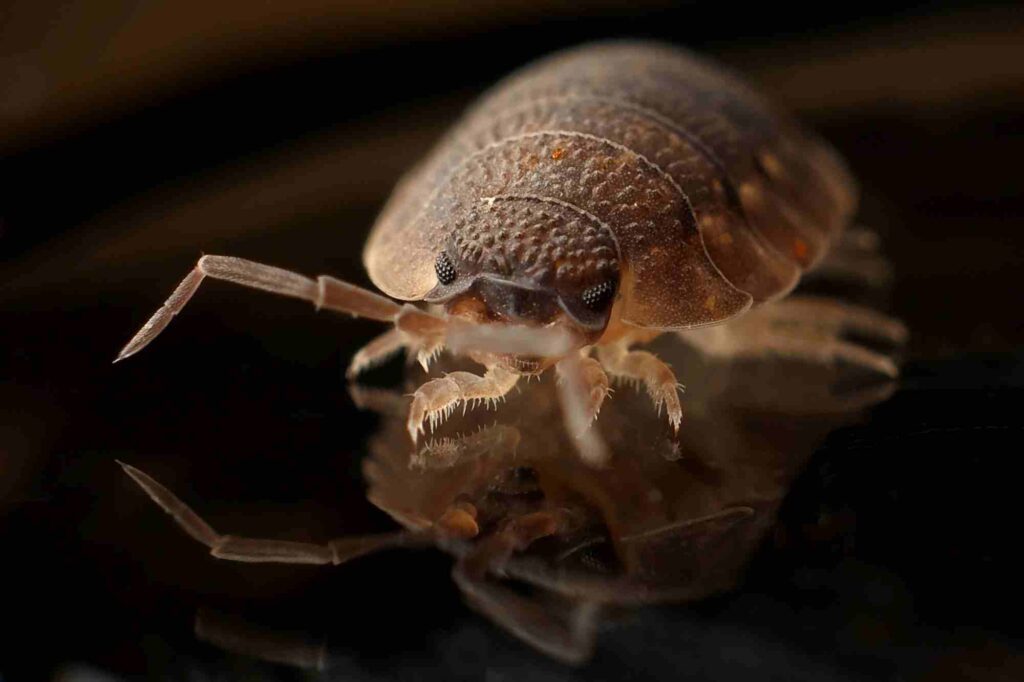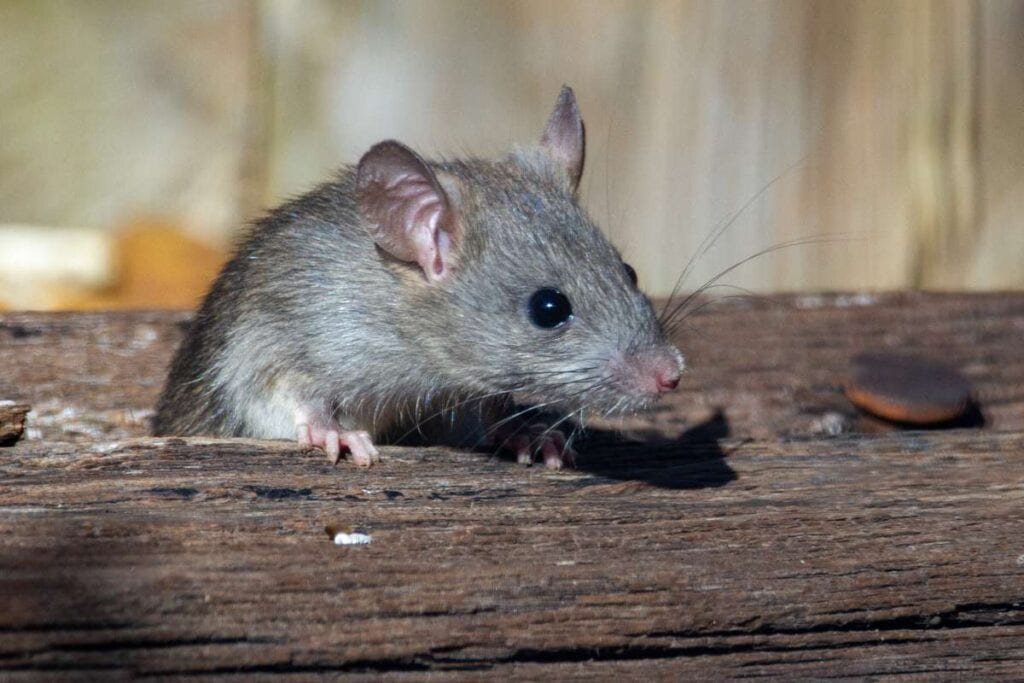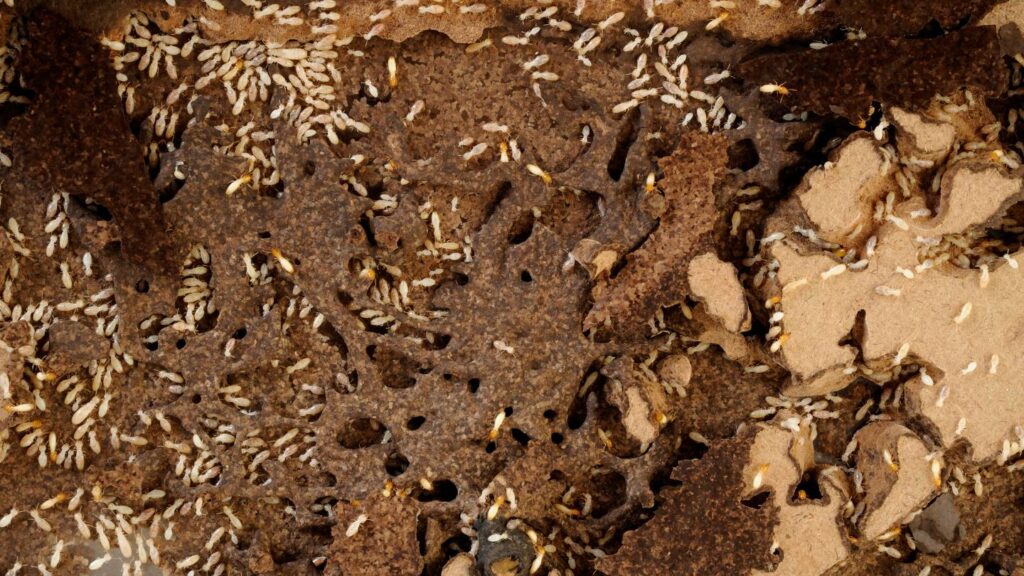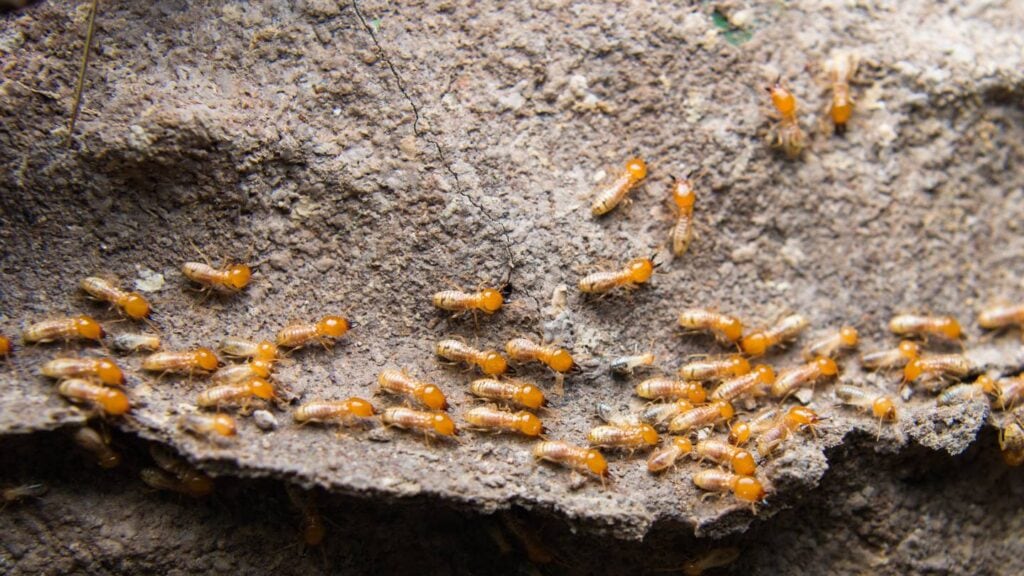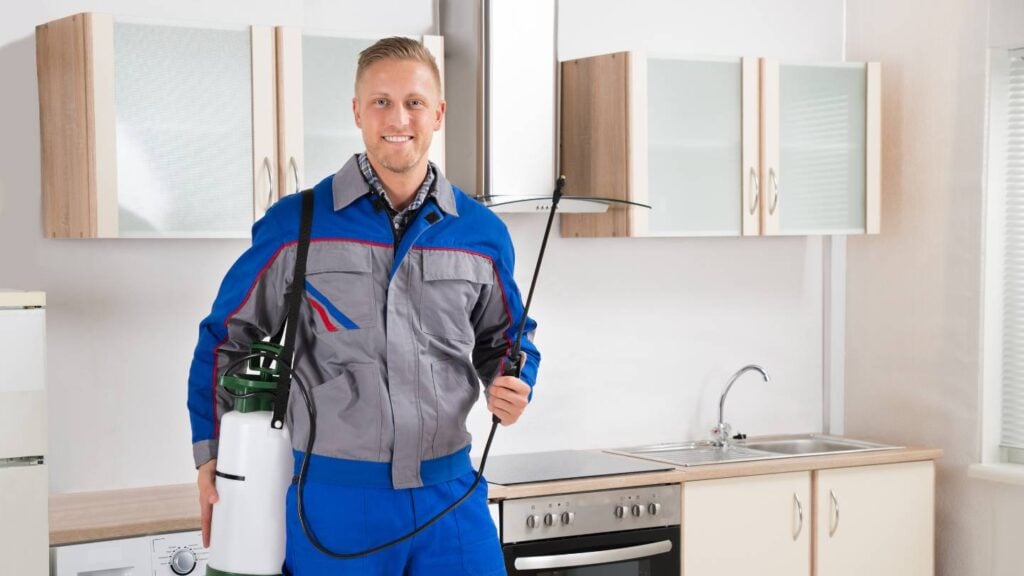Like most homeowners, you want to do everything you can to protect your home from pests and insects. One of the most feared pests is termites. They often go undetected until they've caused significant damage to your home.
If you're concerned that you may have a termite infestation, it's important to be able to spot the signs early so that you can address any potential problems as quickly as possible.
Finding termites early might save money on costly repairs. Looking for a reliable pest control company that will take care of your pest problems? All Pests offers a variety of services to meet your needs.
In this blog post, we'll discuss some of the most common signs of termites so that you can identify them and take action if needed.
Telltale Signs That You May Have Termites
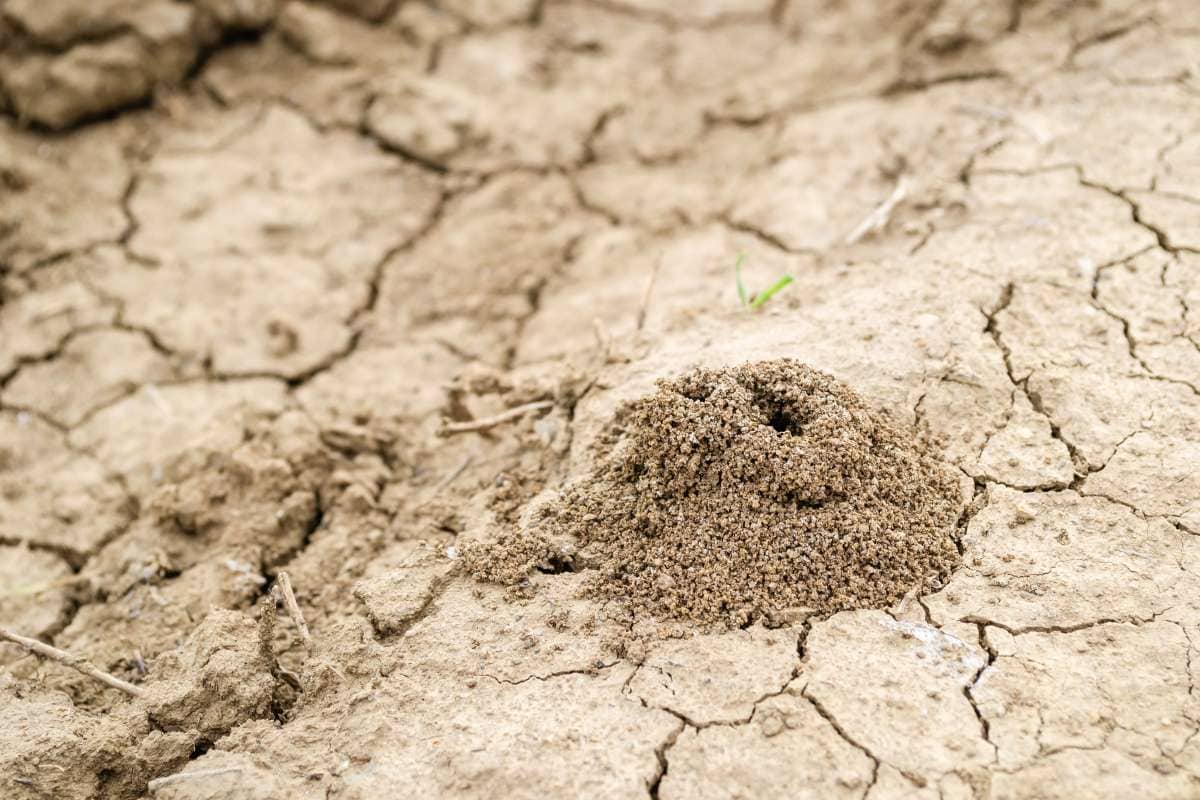
Now, the question is: how do you identify if termites have invaded your house? Knowing the indications of termites, such as discarded swarmer wings and mud tubes, is essential for any homeowner or property manager.
Examine the indicators of termite infestation below. Aside from keeping a sharp eye out for termites, you should also have your home inspected once a year to catch them before they do serious harm.
Sagging Floors or Roofs, or Shattered Door Frames or Stuck Windows.
Does a door or a window in your home seem stuck, or has it become noticeably more difficult to shut or open? Termites often leave this telltale trace of their presence behind.
Termites prefer to eat exposed wood, such as that found in window and door frames. Your window and door frames may distort as termites chew the wood, making it harder to open and close them.
Damage from termites can cause more serious structural issues in your houses, such as sagging ceilings and floors and the inability to open windows and doors.
This could be the result of wood rot or another issue, but if you detect broken beams with chambers containing dried soil, it is likely termite damage. If you see dead or dying termites in the wood, you have an active infestation. A professional inspection is recommended in either instance.
Cracks in the Wallcovering or Paint
As they munch their way through the cardboard and wood panelling behind your walls, termites make tunnels they call termite galleries and small hole openings they call exit holes.
Sometimes they are able to do this without even scratching the surface's thin coat of paint or wallpaper, making the harm invisible until it is stripped away. For this reason, termite damage is typically uncovered during restoration projects.
Termites can also be detected early on if they cause noticeable damage to painted or wallpapered surfaces. Termite damage can be detected by looking for things like:
- Tiny, termite-made holes in the wall.
- Paint bubbling
- Wallpaper that is peeling or has faded
- Warping wood
- Areas of denting
- Constricted, sunken curves
A termite infestation can also be detected by the wood's blistering or hollow sound. Termites eat timber from within, typically leaving only a veneer or the paint behind. The sound of a knock or tap on a location that has been damaged by termites will be hollow or papery. This is because termites have eaten away at the timber inside. It's also possible that you'll see cracks in the walls inside your home. It's possible that the fissures you see are caused by termites eating their way through the cellulose in the wood in your walls. Warping of the wood around doors and windows can be caused by insects eating and digging through the frames.
Termites can cause just as much damage to wooden attic ceilings, beams, architraves, and rafters as they can to wood in a more accessible location. Check the ceiling and cornices for cracks.
Laminate floors and baseboards are also vulnerable to termite damage. Termite activity can be discovered by looking under the flooring, which may blister or sag in affected places. You can also test to see whether your floor is spongier than usual or if it bounces back to its original position more often than usual.
Discarded Wings and Swarmers
One of the earliest indicators of termite infestations is the appearance of winged swarmers. Termites with wings emerge from their nests in swarms known as swarmers. The winged termites you see are adult men and females looking for a mate elsewhere, possibly even in your own home.
Some species are drawn to lights and only swarm at night. Even though some species swarm throughout the day, all dry wood termites swarm after rain at predictable periods of the year.
In springtime, when the termite swarmers emerge to locate mates and start new colonies, you could spot some of them flying around.
Termites can cause a lot of damage to your home, which is why it's important to get an inspection as soon as you suspect you might have a problem. All Pests offers Termite Inspection & Extermination Quality Assurance and will work with you to find the best solution for your home.
Swarmers congregate near sources of artificial illumination like doors and windows. They don't fare well inside, too, so you may discover abandoned wings or dead swarmers around windows and doors.
Swarmers are frequently misidentified as flying ants. Termite swarmers and flying ants look nearly identical, but termite swarmers have far more elongated bodies and two sets of wings of equal size, whereas flying ants have compressed hips and wings of unequal size.
Another telltale symptom of a termite infestation is the presence of discarded wing fragments. Swarmers lose their wings shortly after taking off. Termite wing piles can be found inside or outside the residence, typically near the structure's foundation.
Frass
Frass is a telltale indication of termites, especially dry wood termites. Frass is the dried faeces of wood termites, and to the untrained eye, it might be mistaken for sawdust due to its similar colour.
Termite inspections always include a look for this telltale sign of an infestation. Drywood termites, in contrast to their subterranean counterparts, do not employ the use of faeces in the construction of tunnels. They force it out of tiny openings near their nests. A darkish powdery substance and tiny black markings will appear in and around the infested area as a result.
Mud Tube
The most noticeable symptom of underground termite activity is the presence of mud tubes. Animals use mud tubes to go from the ground to their food supply. They are mounted on buildings, usually near the bottom.
Termites' mud tubes provide them with a safe haven close to your home's foundation. A person can see them with just their eyes. These tubes, constructed of mud and termite faeces, are a common source of moisture for species of subterranean termites. Because of this, they can only thrive in conditions with high humidity. Protected mud tunnels connect the colony to the feeding supply.
Firewood, mulch, and wood chips should be kept far from the house, as should any other sources of moisture.
An aggressive termite invasion can be verified by slicing off a section of mud tunnel and looking for the insects inside. If you can't discover any initially, you may always return back and see if the tube was fixed.
Just because you can't see any termites or find any dead ones doesn't mean the mud tube is no longer in need of repair. The termites could have relocated to a different part of your house or land that is closer to a food source.
Noises Like Someone Is Banging Their Head Or Chewing
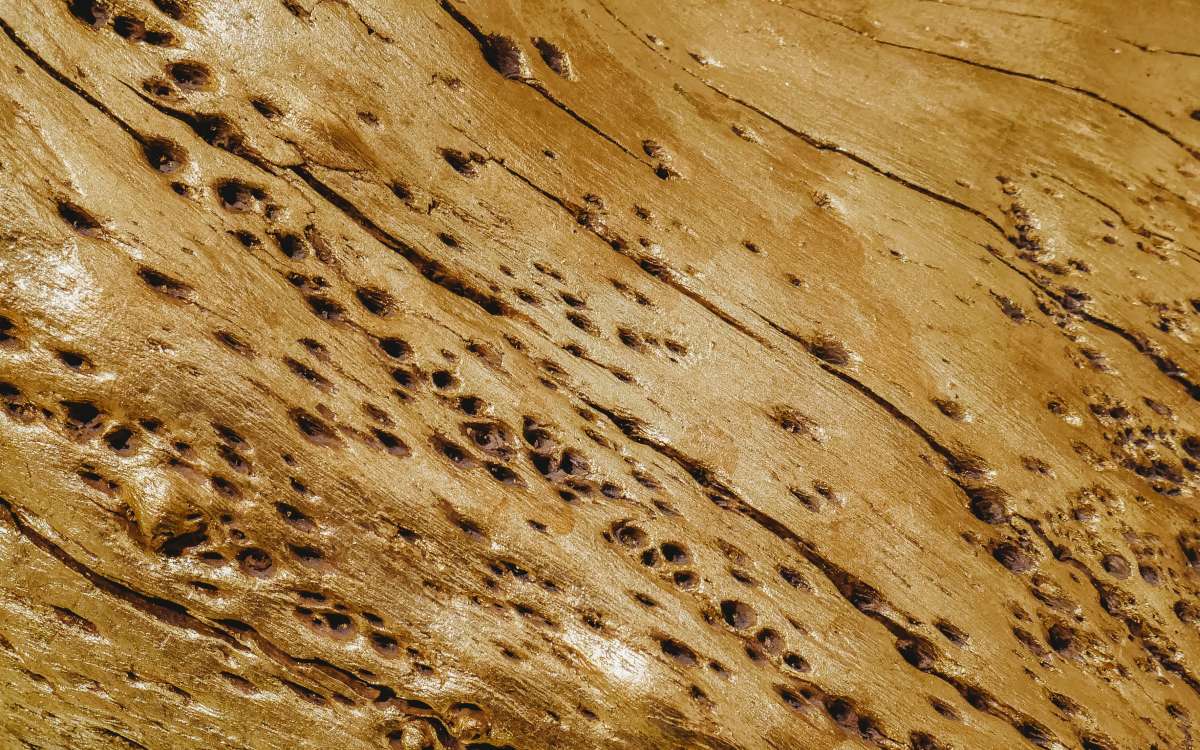
Clicking sounds on the walls are another warning indication of termites. If the termite colony is threatened, the soldier termites will beat their heads on the wood or rattle their frames to warn the others. Termites have a number of organs, including ones at the end of their antennae and on their shins, that allow them to pick up on vibrations and sounds.
Your woodwork will be eaten by worker termites, and they will make a lot of noise while doing it. Put your ear up to any infested wood, and you'll hear the termites gnawing away.
Keep in mind that by the time any of the aforementioned symptoms appear, the structure has likely been infested for quite some time. Termites are notoriously challenging to detect due to their ability to conceal themselves in the wood and soil in which they dwell, as well as to sneak into structures through unseen openings in the foundation. Until the population has gotten strong enough to do harm or generate swarmers, it is unusual for an infestation to be seen. The use of shelter tubes is a possible exception to this rule. When a shelter tube is spotted ascending the exterior of a building's foundation wall, it could be the result of a recent, initial attack, or it could be the first time the colony has constructed a shelter tube in an easily observable location after years of infestation.
To reiterate, a comprehensive inspection that turns up no evidence of termites does not guarantee that a building is termite-free.
A structure may be concealing an infestation at any one time. Termite inspections and preventative treatments are the strongest defence against undetected infestations, so it's important to perform both at least once a year.
We know how much damage pests can do. That’s why All Pests offer affordable pest control services that will get rid of the pests and stop them from coming back.
Conclusion
If you suspect you have a termite infestation, it's best to catch the warning signs as soon as possible so you can take care of the situation before it gets out of hand. Windows and doors are particularly vulnerable because termites love to devour the exposed wood around them. Ceilings and floors that sag, as well as broken windows and doors, are just the tip of the iceberg when it comes to the structural damage that termites may inflict to your homes. If termites eat through wallpaper or paint, you can tell they're there. A hollow or papery sound will result from tapping or knocking on a termite-damaged area.
In the same way that termites can harm wood in more easily accessible locations, they can also damage wood in the attic, including the ceiling, beams, architraves, and rafters. While both termite swarmers and flying ants have two sets of wings, termite swarmers are much longer overall. Instead of using poop to build tunnels, dry wood termites force it out of tiny holes close to their nests. The colony's food supply is reached via fortified mud tunnels. Even if a thorough inspection turns up zero signs of termites, that doesn't mean the building is safe from pests.
There is always the chance that an infestation is lurking somewhere within a building. A thorough termite inspection and preventative treatment programme is your best line of defence against these silent invaders.
Content Summary
- You, like most people, wish to keep bugs and other pests out of your house.
- Termites are often regarded as one of the most dangerous pests currently in existence.
- The damage they do to your home may not become apparent until it is too late.
- If you suspect you have a termite infestation, it's best to catch the warning signs as soon as possible so you can take care of the situation before it gets out of hand.
- Early detection of termites could prevent expensive damage.
- The problem now is, obviously, how to tell if termites have already infested your home.
- As a homeowner or manager, you should be aware of the signs of termites, such as abandoned swarmer wings and mud tubes.
- Take a look at the symptoms of a termite infestation that we've compiled for you.
- Having your home inspected once a year is recommended in addition to keeping a vigilant eye out for termites.
- Exposed wood, such as window and door frames, is a favourite food of termites.
- If termites do enough damage to your homes, you may end up with major structural issues like sagging ceilings and floors or doors and windows that won't open.
- However, if you notice termite damage and find dead or dying termites in the wood, you have an active infestation.
- In either case, it is wise to have a specialist take a look.
- Signs of termite damage to wallpaper or paint might also be an early warning sign.
- Look for these telltale signs of termite damage:
- Tiny termite tunnels can be seen here and there.
- A hollow or papery sound will result from tapping or knocking on a termite-damaged area.
- Inside your house, you may also see fractures in the walls.
- There's a chance that termites weakened the timber in your walls, causing the cracks you've noticed.
- Insects' feeding and burrowing cause wood to expand and distort around doors and windows.
- Look for damage to the ceiling and cornices.
- Termites can eat through laminate flooring and skirting as well.
- Under the flooring, you may find blisters or sagging that indicate termite activity.
- The emergence of winged swarmers is a common early sign of termite infestations.
- Swarmers, winged termites, emerge in large numbers from their nests.
- Adult males and females, with their wings spread, are flying around your house in search of a partner.
- All dry wood termites swarm after rain at regular times of the year, even though some species swarm at all hours of the day.
- Termite swarmers may be spotted in the air in the spring when they emerge to find mates and establish new colonies.
- Flying ants are a common misconception about swarmers.
- Termite swarmers and flying ants are easily confused with one another, however termite swarmers are distinguished by their significantly more elongated bodies and two sets of similar size wings, whereas flying ants are distinguished by their compressed hips and wings of unequal size.
- Discarded wing pieces are another indicator of a termite infestation.
- Piles of termite wings are a telltale sign of a termite infestation and can be discovered both inside and outside a home, usually close to the base of the structure.
- Frass In the case of dry wood termites, frass is a sure sign of their presence.
- This symptom of an infestation is always a focus of a termite check.
- The presence of mud tubes is the most obvious sign of underground termite activity.
- Animals construct mud tunnels to reach underground food sources.
- They are installed on walls, typically at ground level.
- The termites' mud tunnels provide a safe shelter near the structure's base.
- Subterranean termite species frequently use these tubes, made of mud and termite faeces, as a means of obtaining moisture.
- The colony's food supply is reached via fortified mud tunnels.
- Cutting out a piece of the mud tunnel and inspecting it for termites is a surefire way to confirm an aggressive termite invasion.
- The mud tube may still need fixing even if no live or dead termites can be found in it.
- Termites may have moved to a new location in your home or on your property because they found a more convenient food source.
- Disturbing sounds, such as those made from chewing or banging one's head The presence of termites can also be detected by the distinctive clicking sound they make on the walls.
- When the termite colony is in danger, the soldier termites will rattle their frames or bang their heads against the wood to alert the others.
- Termites can detect vibrations and sounds because of the numerous organs located at the tips of their antennae and on their shins.
- In addition to making a lot of noise, worker termites will consume your wooden structures.
- Termites can be heard nibbling on contaminated wood if you place your ear to it.
- Remember that the building has probably been contaminated for some time before any early signs arise.
- Termites are famously difficult to spot because of their ability to blend in with the surrounding wood and dirt and can enter buildings through cracks in the foundation that aren't immediately obvious.
- It's unusual to see an infestation until the population has grown large enough to cause damage or produce swarmers.
- A conceivable exception to this would be the deployment of shelter tubes.
- Seeing a shelter tube climbing the exterior of a building's foundation wall could indicate a recent initial attack, or it could indicate that the colony has finally built a shelter tube in a clearly observable area after years of infestation.
- To restate, just because a thorough inspection turns up no signs of termites does not mean the building is safe from pests.
- There is always the chance that an infestation is lurking somewhere within a building.
- Preventative termite treatments and annual inspections are your best line of defence against hidden infestations.
FAQs About Termites
Yes, they can go away on their own. Why is it a scary answer? Because you never know when they are going to come back! Without a termite treatment, there is no way of knowing when a healthy termite colony will return to re-infest a structure.
For the average DIY homeowner, getting rid of termites is hard – like really, really hard. If even one reproductive worker survives an attack from predators or professional termite treatments, that worker could grow into a new queen and start building up the colony all over again.
Borax powder, or sodium borate, can kill termites naturally. You just sprinkle the powder on the termites and the affected area, or you make a solution of the powder and water to spray or paint on the affected areas. You can also paint the solution on surfaces as a termite repellant.
In addition to wood inside the home, termites are drawn inside by moisture, wood in contact with house foundations, and cracks in building exteriors. Different combinations of these factors attract different species. Additionally, geographic location plays a role in how likely homeowners are to deal with infestations.
Workers and soldiers live approximately one to two years. Queen termites may survive for over a decade under optimal climate conditions.

